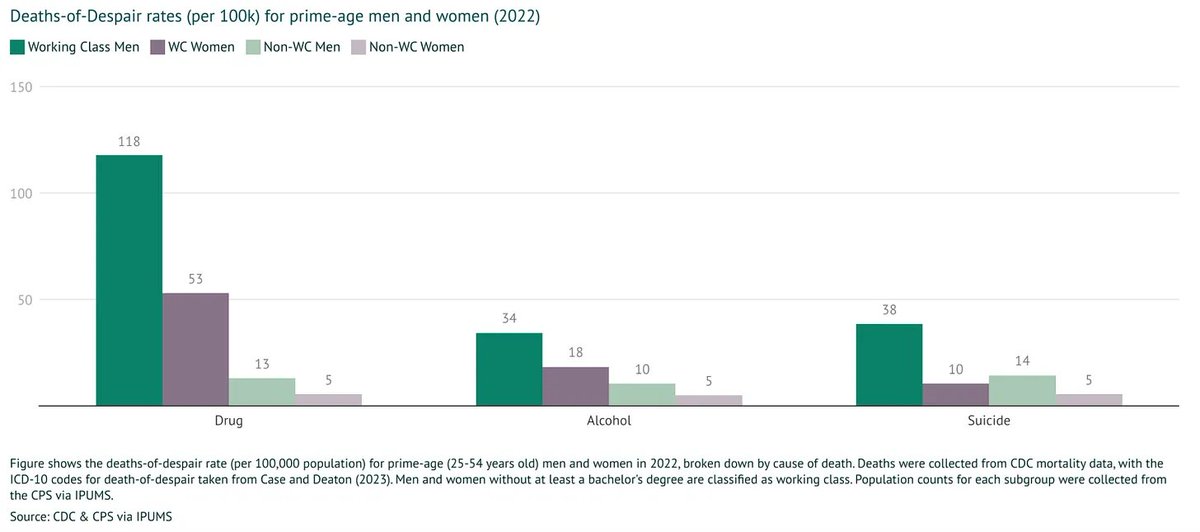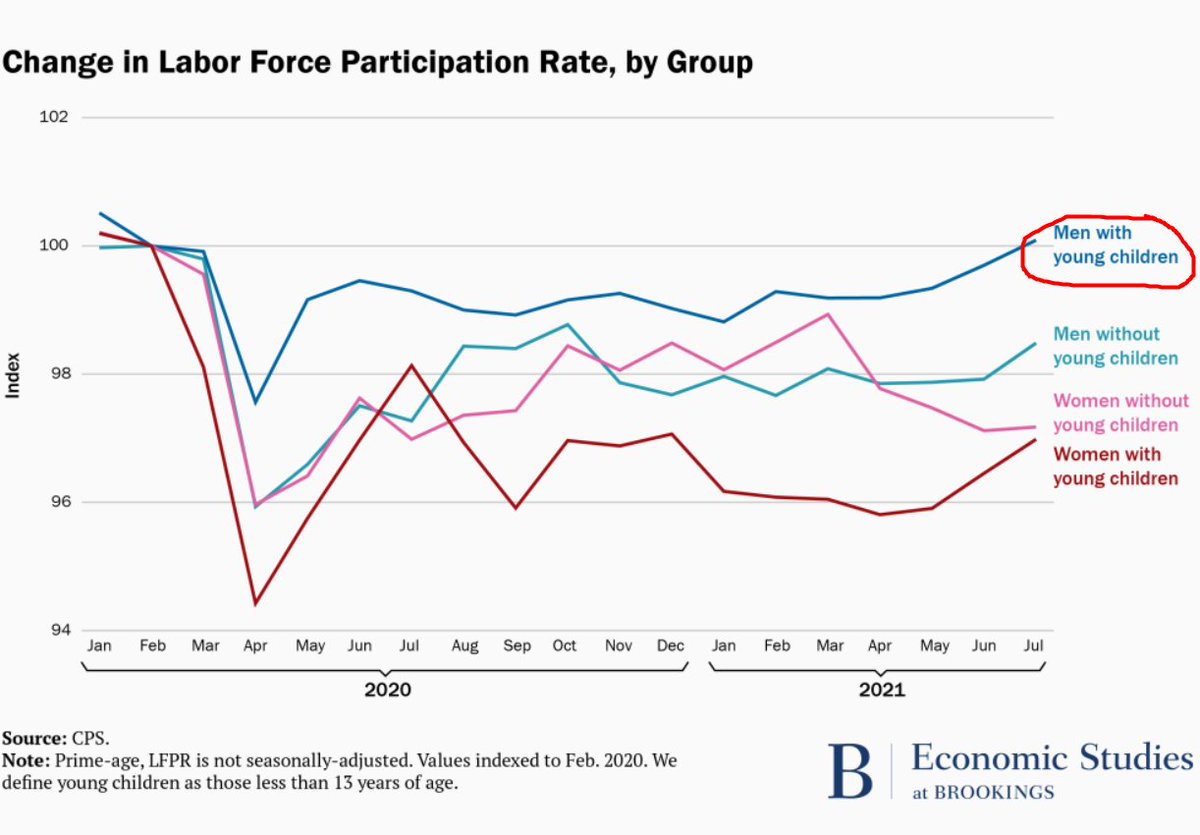1/14 To mark Labor Day, @aibm_org has a paper out on working class men.
Bottom line: they are getting the sharpest end of the stick on many fronts. Some findings summarized in the charts below 🧵 aibm.org/research/the-s…

Bottom line: they are getting the sharpest end of the stick on many fronts. Some findings summarized in the charts below 🧵 aibm.org/research/the-s…

14/14 The alarm bells on the wellbeing of working class men of all races have been ringing for a while now. If anything they are louder now. Do check out the whole report, and sign up to our newsletter to stay up to date with @aibm_org's work.
aibm.org/research/the-s…
aibm.org/research/the-s…
• • •
Missing some Tweet in this thread? You can try to
force a refresh































